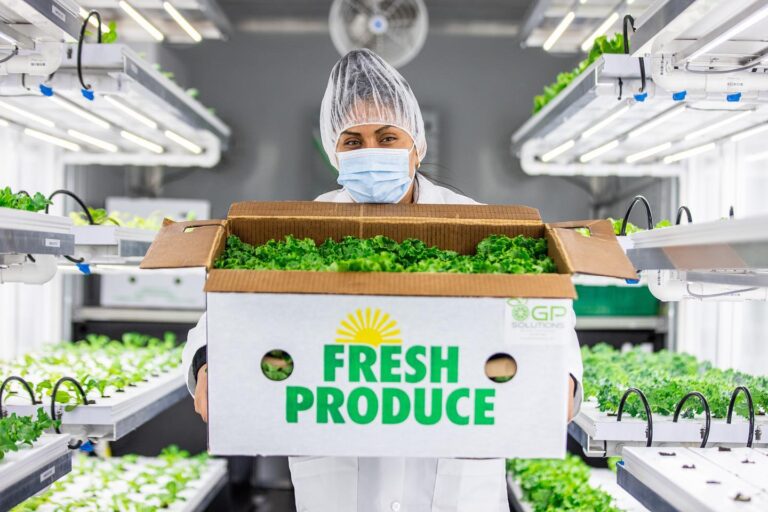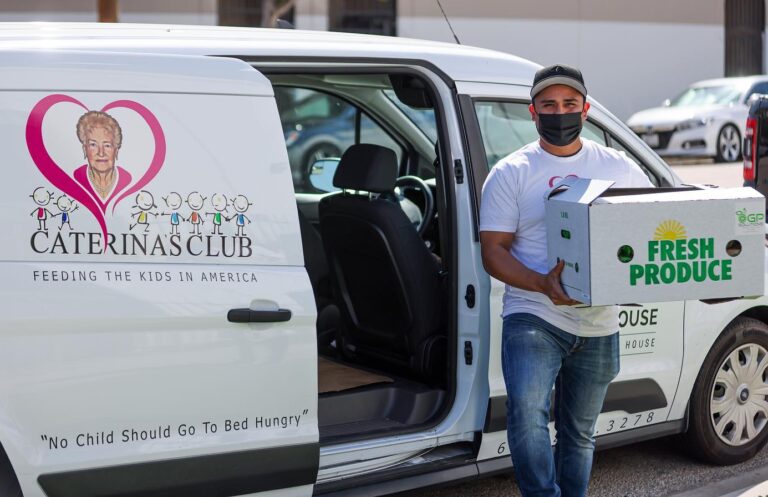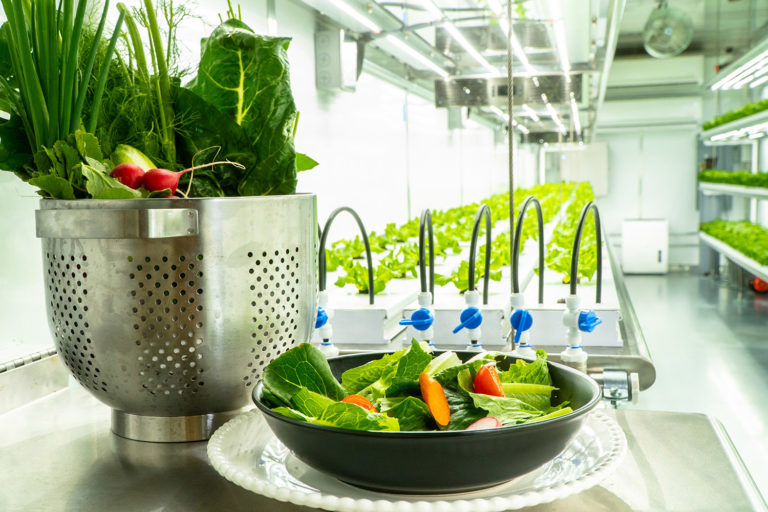
Vertical farming refers to the practice of producing fruits and vegetables or cannabis vertically, in stacked layers, perhaps on many floors inside a building, using artificial lights instead of the sun, and a whole range of relatively new technologies.
The three main reasons why it’s a much-discussed topic now is because:
There are a number of startup companies emerging in the sector and attracting tens of millions of dollars in investment; and more people live in cities than do in rural areas, a global trend which seems irreversible, and this means that the demand for fresh produce will increase in urban areas, and bringing the production closer to the consumer would make sense.
Vertical farming provides a low-cost, turnkey method to start farming. This is especially useful in the cannabis industry where traditional greenhouses require land that could cost many millions of dollars.
Some of these technologies have been available for some time, decades even, but they were probably too expensive in the past to make vertical farming a viable business proposition.
The key technologies in vertical farming include:
- Perception Technologies – cameras and other sensors which can monitor for colour and other factors, such as disease;
- Artificial Intelligence – which can process the data from the sensors and formulate solutions;
- Automated and Even Autonomous Mechatronics – robots and other automated machines which pick the produce when it is ready for market, or apply cures to ailments during their growing.
The above list is a very simple breakdown of the fundamental technologies that will be required to, basically, reduce to a minimum or even eliminate the need for human involvement.
If vertical farms are run like traditional greenhouses, there would be too much human input required and it probably would not be profitable.
It’s the new automation technologies that will make it work.
Carnegie Mellon University is among a number of organizations which have developed integrated systems for vertical farming. CMU’s version is called ACESys, short for Automation, Culture, Environment, and Systems Model for Vertical Farming.
An academic paper probably worth checking out is called Advances in greenhouse automation and controlled environment agriculture: A transition to plant factories and urban agriculture.
In their introduction to the paper, the authors note: “Greenhouse cultivation has evolved from simple covered rows of open-fields crops to highly sophisticated controlled environment agriculture facilities that projected the image of plant factories for urban farming.
“The advances and improvements in CEA have promoted the scientific solutions for the efficient production of plants in populated cities and multi-story buildings.”
So the interest in the field is strong and most people seem to think it’s a viable business proposition.
And to underline the positivity about the sector, Research and Marketsforecasts the vertical farming market will grow to a value of $3 billion by 2024, from virtually nothing now.
In some sectors, such as marijuana production, indoor farming is providing a strong foundation for healthy profits.
 Companies Focus on Vertical Farming
Companies Focus on Vertical Farming
It’s a very new business sector, so this list is subject to change:
1. AeroFarms
This company has won many plaudits for its operation and uses its own patented “aeroponic technology… to take indoor vertical faming to a new level of precision and productivity with minimal environmental impact and virtually zero risk”.
The company has raised at least $138 million in funding since launch in 2004, according to CrunchBase. Some of its backers are quite impressive, as this article in Ag Funder News reports.
The term “aeroponic farming” refers to the process of growing plants in an air or mist environment without the use of soil or any earth-like material, which is known as “geoponics.”
Aeroponic systems enable the production of plants using 95 percent less water, which is what AeroFarms says it does.
2. GP Solutions
GP Solutions developed “GrowPods” – finely tuned, automated, transportable and scalable micro-farms that have been shown to grow all types of crops, including cannabis, at a faster rate than conventional means of agriculture.
GrowPods allow cultivation to take place year-round, which maximizes ROI. The systems are sealed from outside pathogens, contaminants, pesticides and chemicals, and produce clean and robust crops.
The company has licensed its technology to Micro Lab Farms for the cannabis market only. The Pods from Micro Lab Farms differ slightly from the regular GrowPods from GP Solutions in that they have been specifically tuned for the production of cannabis.
Micro Lab Farms recently announced the development of a cannabis complex in Southern California that will hold many of the aforementioned GrowPods – some of which are being made available to farmers, businesses, and entrepreneurs looking to quickly enter the California cannabis market (the largest in the world).
GP Solutions also has a line of remarkable new proprietary soil mixtures, which contain no animal products. This is critical because many other soils and additives can contain harmful pathogens and contaminants that can cause crops to become tainted or fail rigorous testing.
The company is traded on the OTC stock exchange (ticker: GWPD) and is growing at a rapid pace (pardon the pun).
3. Plenty
Like the other big vertical farming companies on this list, Plenty is another one that retails its produce, which include kale and other greens, as well as some exotic herbs.
Plenty is probably the biggest company in terms of the amount of money it has raised in funding – approximately $226 million, according to CrunchBase.
4. Bowery Farming
You’d think any farming startup of any kind would steer clear of everything that’s genetically modified, but the fact that Bowery makes a point of saying it uses “zero pesticides and non-GMO” seeds might suggest that some vertical farming companies don’t have the same ideas.
Having raised more than $140 million in investment since inception in 2015, Bowery has carefully developed a distribution network in the US. Its leafy greens are available to buy in Whole Foods Market and Foragers. It also supplies a number of restaurants and sells online.
It doesn’t look like Bowery supplies its platform to other companies, even though some might be interested in its claims, such as: 95 percent less water usage than traditional agriculture; 100 times more productive on the same amount of land; and from harvest to shelf “within a few days”.
5. BrightFarms
Another of the big-money startups, BrightFarms has so far raised more than $112 million since its establishment in 2010, according to CrunchBase.
But unlike some of the other big companies, it isn’t into aeroponics as much. It seems more interested in hydroponics, which refers to growing plants with water, or, to be more accurate, mineral nutrient solutions in a water solvent.
6. Gotham Greens
This company is one of many which have started up in the New York area. Strange to say it about such a new sector, but the market for vertical farming produce may be saturated – in that city at least.
Gotham Greens has so fair raised at least $45 million since its launch in 2011. It has four production-scale facilities, in New York City and in Chicago, and plans for more in several other states.
And, like BrightFarms, it’s more of a proponent for the hydroponic growing method, although it may well eventually mix it all up and try different approaches in different facilities.
7. Iron Ox
This company appears to use robotics perhaps more than the others, in the picking process at least, and claims to operate fully autonomous indoor farmings. It too is a proponent of hydroponics, and is a retail-oriented company.
Its products are similar to the others’ – leafy greens such as lettuce and kale or things like that. It’s one of the newer startups on the list so a lot might change.
Iron Ox has only recently started supplying its products to local markets in California. The company has so far raised over $6 million in funding, according to CrunchBase.
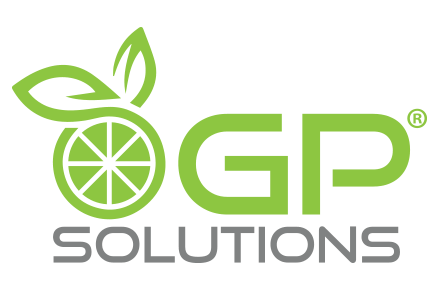
 Companies Focus on Vertical Farming
Companies Focus on Vertical Farming


